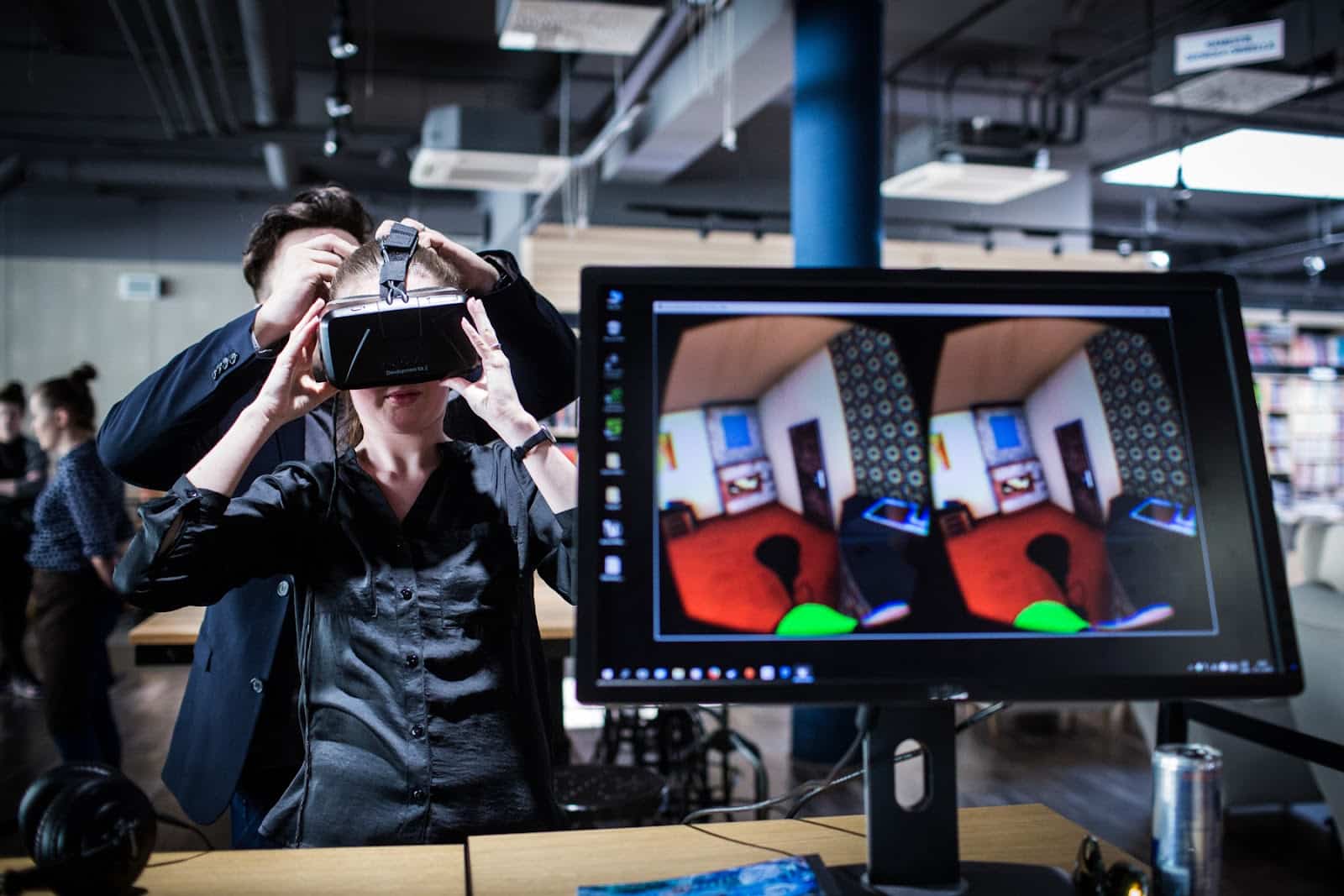Many of us know or have met, a person on the autism spectrum. They might be our family members, coworkers, students, somebody we briefly met at the airport or coffee shop… Or maybe you are a person with autism. People with autism are all around us and their numbers are growing every year.
Therefore it is important to improve our understanding of how they experience life so we can make our shared lives, work cooperation, education, or just simple daily interactions better and reduce the gap between neurotypical people and people on the spectrum. We, at Autismity, have developed an autism simulator to help us with it. Let us tell you more about it.
Viewing the world through the eyes of a moderately functioning autistic person
So what exactly is autism and the autism simulator? Autism is a neurodevelopmental disorder that affects a person’s social interactions, communication, and behavior. For example, people on the autism spectrum often have difficulty understanding nonverbal social norms, experiencing empathy, or are easily distracted by environmental influences.
When developing the simulator, we have focused especially on the latter. The simulation is based on the premise that most people on the spectrum are distracted by environmental influences that a healthy person can filter out. Our simulator offers a view of the world through the eyes of a moderately functioning autistic person who notices details excessively, is bothered by irregularities, and subconsciously tries to regularize them, which can make them seem irritable, focused, absent-minded, and sometimes choleric and aggressive.
*The media presentation of the Autism Simulator’s first version
Simulator and its use by non-autistic people
The powerful VR experience through the simulator helps users increase empathy and understanding for autistic people. This simulator includes modified sensory stimuli that can be too intense or disruptive for someone with autism, such as loud noises, bright lights, or touch.
Neurotypical people can try out the autism simulator to better understand how people with autism perceive the world and experience everyday situations. They can do so at universities, at workshops organized by their employers, or other organizations. This way, neurotypical people can gain a better understanding of how to be empathetic towards autistic individuals and contribute to creating a more inclusive environment for everyone.
*Busy environments, such as train stations, can create a strong sensory overload for people with autism
The significance of the simulator for people on the spectrum
In addition, the simulator can also help autistic individuals cope with everyday situations at train stations, schools, workplaces, stores, and in interactions with police or emergency services. Employees trained in the Simulator technology can better understand autistic perception and react more appropriately in situations where the autistic person may be struggling and behaving unpredictably.
Inclusion in society
Ultimately, the Autism Simulator will help increase understanding and empathy for autistic people and promote their integration into society. It is important that we all support each other and strive for greater inclusion and understanding of autistic individuals.
You can try the Autism Simulator using the Meta (former Oculus) VR devices. If you are interested in trying the Autism Simulator or for more information, please send an email to support@autismity.com


